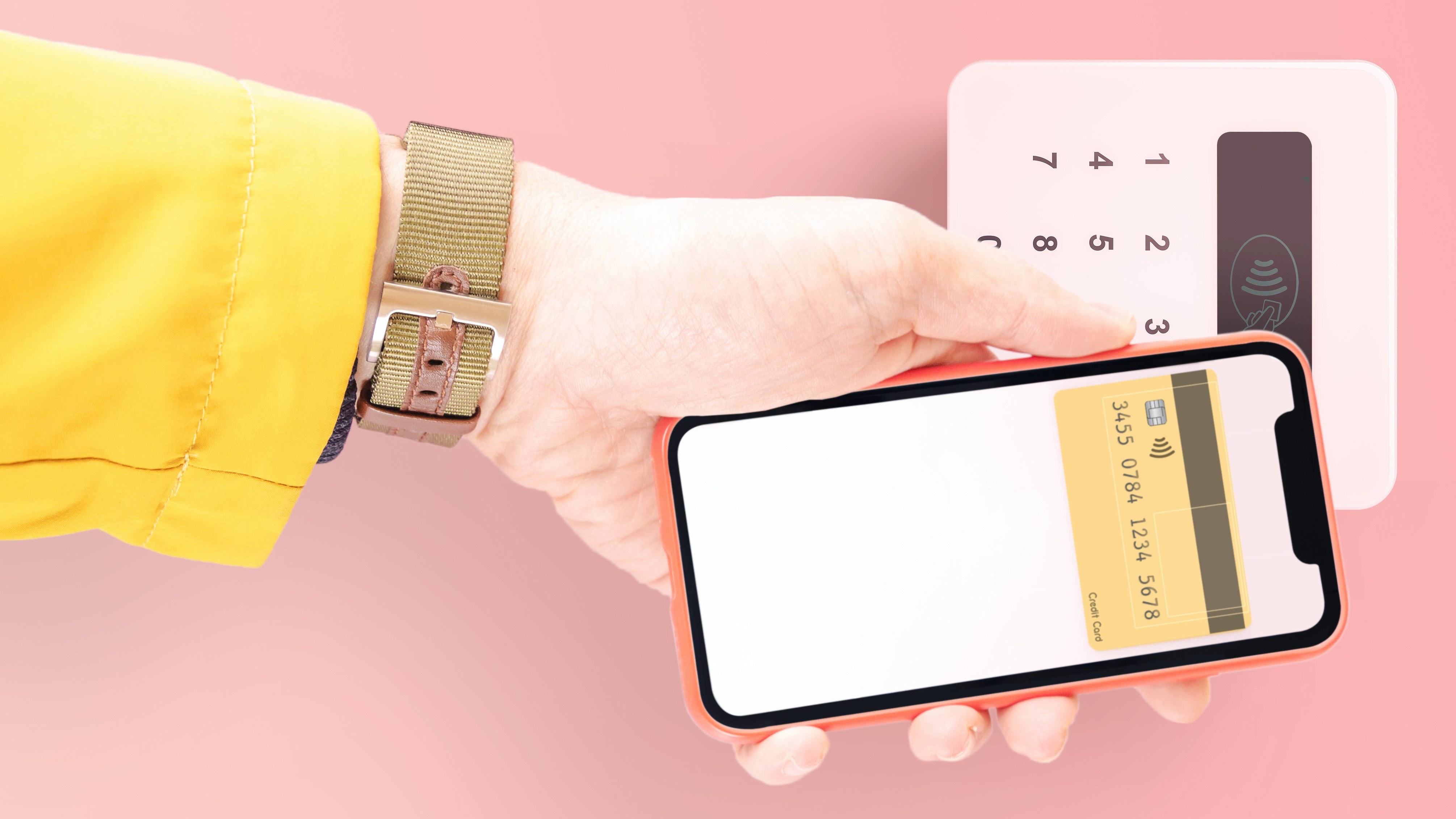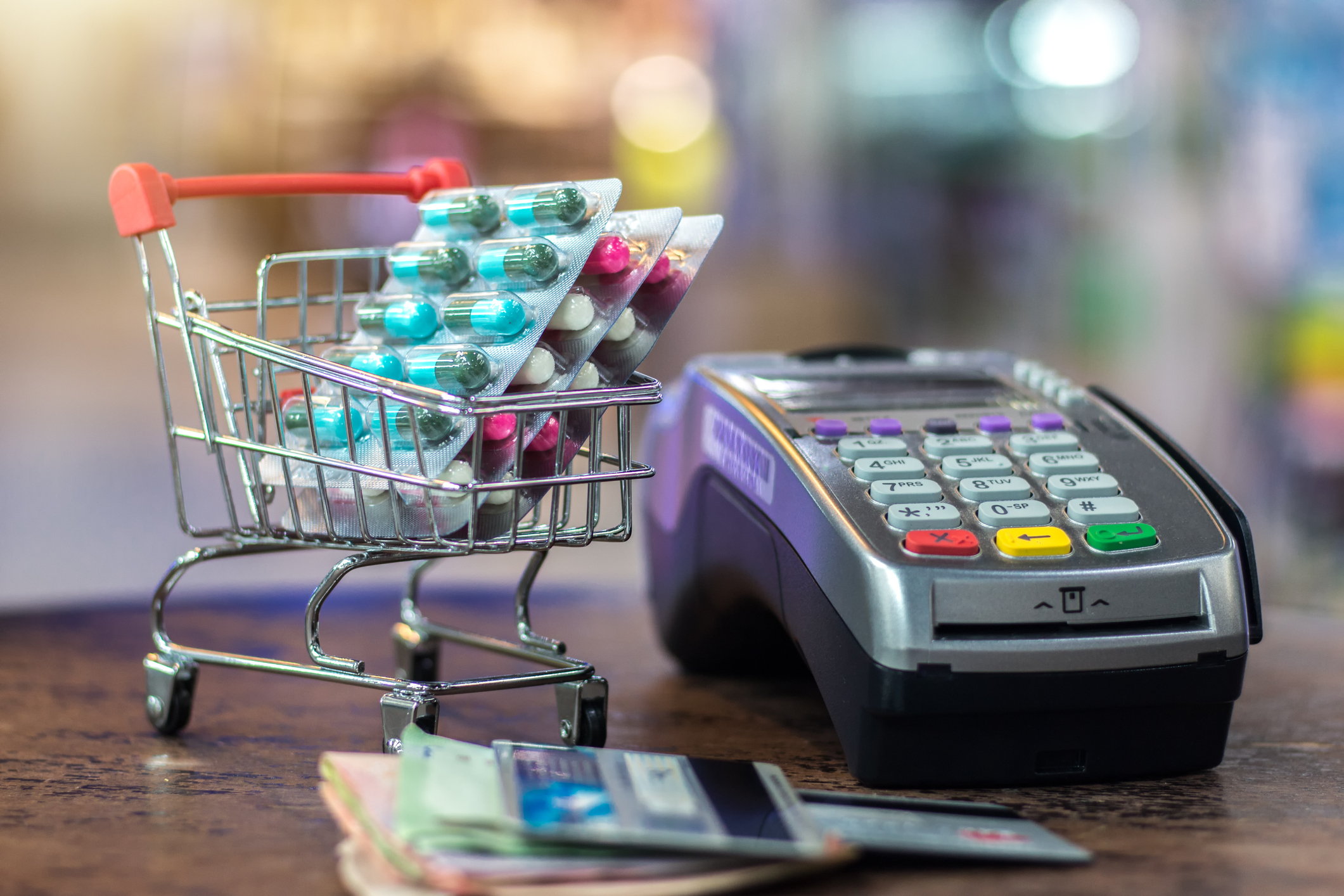The best point of sale (POS) systems offer businesses so much more than a fantastic payment experience. They also offer a wealth of information about your customers that can give you an edge on building up relationships and brand loyalty.
Many, if not the majority of POS (point of sale) systems in the market today, have sophisticated customer shopping behavior analytics, often built in. So what's the best way to use all that POS data?
Get a quote for a POS system today.

Before you delve into customer insight, make sure you understand the basics of how a POS system works so you can choose the right POS system for your business.
Monitoring these analytics is the first step in gleaning insight into the the people who walk through your doors or shop with you online. POS system customer data is an endless source of insight that can help you build out a promotional sales calendar, create content about popular products, and offer data-backed marketing to your mailing list—but only if you act on it.
Acting on POS data to make new shoppers loyal regulars is the second and most important step. How you use that POS system customer data can cause a spike in sales or free word-of-mouth marketing for your business.
In this article, we’ll shed light on nine inspired ways to use POS system customer data for insight in your retail biz.
1. Serve up relevant product suggestions
This is one of the low-hanging fruits when it comes to POS data. Knowing what shoppers have purchased before makes it simpler to suggest products they might be interested in.
If a customer bought items from certain brands or categories in the past, you can use that data to market similar items in the future. Be sure to get their feedback on those suggestions too, and involve them in the process. Over time your product suggestions become increasingly accurate.
The department store Nordstrom does this really well. The retailer takes note of its customers’ specific purchases (e.g., cosmetics, designer products, etc.) and sends tailored product recommendations based on shoppers’ buying history and preferences.

When marketing to new customers, you can use the purchase histories of shoppers with a similar profile to make appropriate product recommendations.
Amazon is a master at this, which is why all of its product pages contain the section “People who viewed this also viewed…”

Consider doing something similar in your small business marketing initiatives. Pay attention to what people are buying and use that information to create relevant messages and suggestions.
2. Make timely product recommendations

You can also use POS data to inform the timing of your customer marketing campaigns or promotions. By knowing when a customer bought something, you can make an educated guess on what they’ll buy next or when they would need to replenish their stash.
We can see this in action in the supplements store Acupuncture Atlanta. When you purchase a product — e.g., a bottle of vitamins — the store takes note of when you made the purchase and sends an email around the time when the vitamins are about to run out.

If you sell items that need to be refilled, take a leaf out of Acupuncture Atlanta’s playbook and schedule reminders that encourage customers to repurchase your products.
3. Know your top customer segments
In addition to shedding light on what people are buying, your POS data also tells you who your best customers are. That data is incredibly valuable, especially if you want to hone in on your target market.
Knowing what types of shoppers are buying from you the most can help you tweak your brand messaging, figure out which retail marketing channels to invest in, and what types of promotions to offer.
Let’s say you’re an apparel retailer and you discover that your top customers are women ages 28-35. Armed with that information, you can come up with campaigns and assets that incorporate images and ad copy that these women can relate to.
4. Improve your store’s layout and merchandising

At a loss for ideas on how to merchandise your store? Turn to your POS data. Identify things like:
- Your best sellers
- Top colors or sizes
- Items frequently bought together
Having the data above can inform decisions such as what items to display and how to merchandise your mannequins, windows, etc.
For example, if you know that customers typically buy a purse with a specific pair of shoes, then you can create a display showcasing those items together. Or, if a particular color is flying off the shelves, then you can put it front and center at your store so customers can see it.
Whatever the case may be, take the time to go through your sales and customer reports and identify trends that you can use in your in-store merchandising and design decisions.
5. Come up with effective promotional ideas
In the same way that POS data helps you merchandise your store, that same information can also give your promotional ideas. Insights into your top categories or products can aid you in determining which items to spotlight in your promo materials.
In some cases, you can use sales data to drive a sense of urgency. If an item is selling quickly, you can indicate that in your ad to entice people to purchase right away.
Some retailers choose to highlight popular items in their marketing when products that were previously sold out become available.
Have a look at this example from UNTUCKit, which spotlights the fact that the brand's best selling polo shirt is back in stock.

6. Determine what types of product packages or bundles to sell
Selling item bundles or packages can be an effective strategy to move your inventory. Many retailers, for example, bundle popular products with slow-moving items to help get the latter out the door. In certain instances, a bundle containing high- and low-margin items allows merchants to maximize their profits.
That said, bundles work best when you know which items go well together. And that’s where your POS data comes in.
Identify the merchandise that your customers typically buy at the same time, then calculate your pricing and margins to ensure that bundling up those products makes sense from a financial standpoint.
7. Figure out what to stock up on (and what not to order)

Knowing which products are most popular among your shoppers enables you to make smarter inventory decisions.
If you have a solid handle on what your bestsellers are (and why they’re so popular) you can stock more of those products and put your least popular stock on sale to move it quickly and make space for best-selling items.
You can take things a step further by using POS system customer data to predict trends and determine which items to add to your catalog. On the flip side, it’s also important to know which products are no-sell duds so you can avoid stocking them in your shop again.
8. Make decisions on what to put on sale

Speaking of duds, you need to keep a close eye on the items that shoppers aren’t buying. The sooner you can figure out what products aren’t resonating, the more time you’ll have to correct course.
For instance, if a certain dress style or brand isn’t selling, you’ll want to know sooner rather than later so you can put it on sale and ensure that the person in charge of purchasing stock doesn’t re-order that particular item.
9. Improve staff knowledge and customer service

Thanks to the internet and our smartphones, consumers today are more well-informed than ever. Research by Tulip Retail found that 80% of consumers believe that they’re more knowledgeable than retail associates.
To that end, you can stay competitive by instilling knowledge, skills, and confidence in your staff. In doing so, you’ll show customers that your employees are product experts who can guide shoppers in their purchasing decisions.
You can accomplish that by giving your team access to your POS system customer data. When your staff members know what items are trending and when they’re aware of each shopper’s purchase history, they’ll be in a much better position to assist and impress your customers.
Bringing it all together
Your POS system customer data can improve various components of your business. From retail marketing and sales to inventory management, having the right information at your fingertips can truly be a game-changer.
So aside from knowing how to use POS systems or how POS systems work, it’s important to know how to extract the right data from your platform. Doing so will enable you to make smarter decisions so you can grow and thrive.
No comments:
Post a Comment